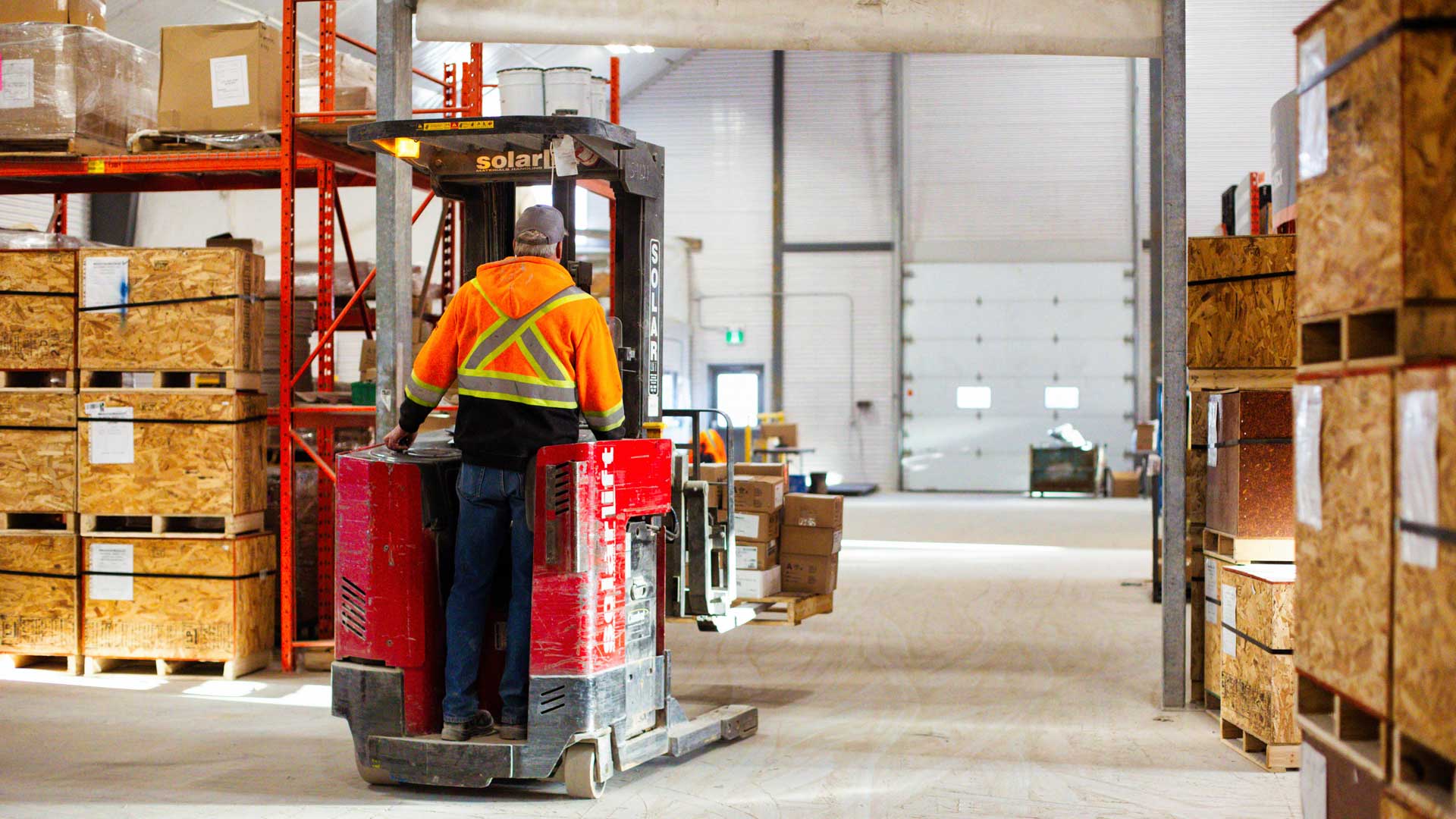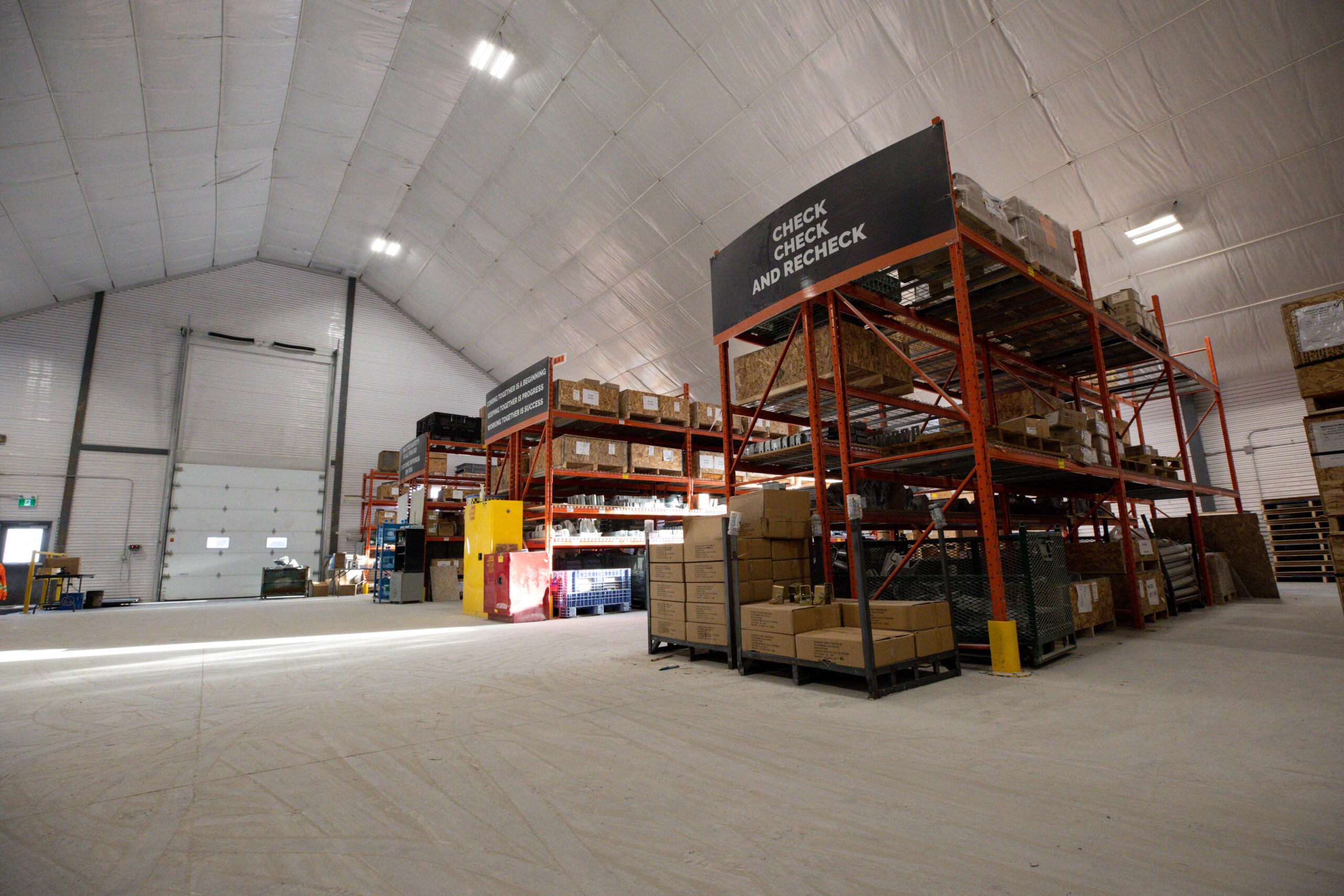Industrial Storage & Warehousing: Essential Fabric Structure Features For Your Warehousing Needs

Whether you are expanding or starting fresh, you need industrial storage and warehousing space that fits your specific project goals. Consider industrial fabric structures. Though many organizations could benefit from these types of structures, many companies don’t know just how flexible and beneficial they can be. Before deciding to rent industrial warehouses that may not meet all of your goals, consider the difference a fabric building can offer.
The Cost of Ownership
Though you could find an industrial warehouse for rent, perhaps one that is located close to your existing business location, the cost of ownership of a fabric building makes it a viable alternative.
These industrial storage and warehousing solutions tend to provide you with a far better cost point, especially if you place them on your existing property, eliminating the need to continuously pay rent for leased space. Because they are highly customizable, they can be used in virtually any environment, limited space, or zone. Right away, this saves you money over leasing a structure.
Over their lifecycle, compared to an industrial warehouse space for rent, the cost of a fabric building maybe 20 to 40% less than the cost of a concrete, steel, or similar style, traditional warehouse.
There are other advantages of these fabric industrial warehouses in terms of cost of ownership as well, including:
- Improved energy efficiency: Depending on the size and design, these flexible fabric warehouse options are far more energy efficient throughout the year. With an integrated energy-efficient HVAC system, there is the ability to maintain very consistent control over the environment without high costs.
- Fabric Building Maintenance costs are a fraction: Even if you choose to go with a for-rent warehouse, you still have to navigate repairs and timelines from the property owner to get them completed. However, with the smooth exterior surface of a fabric building, there is far less risk and complication. There is no painting, no siding, and no cleaning to worry about handling. For fabric-covered warehouses, maintenance can be easy.
Core Features Are Improved
Before making any decision, consider the fabric building features that make this a much more desirable option than traditional industry storage features or warehouse features.
Ventilation
With integrated fabric building ventilation systems, it is possible to better control the quality of air within any environment. That supports most types of work space health requirements while also ensuring that the work you are doing remains safe. There are numerous options for customizing these spaces to meet very specific and high levels of energy and air quality control as well. By comparison, the industry warehouses available now may need significant retrofitting to make this possible. Fabric building ventilation is customizable and flexible to meet virtually any need.
Structural Design
The design of these structures enhances overall efficiency in numerous ways, including by allowing for brightly lit interiors thanks to the natural lighting. That reduces energy costs while also contributing to a safer environment.
Also notable is the zero interior column design. This increases structural efficiencies – reducing any concerns for utilizing the space. There are no interior columns to impede traffic or pose as a hazard to a busy location. More so, the height is completely flexible, allowing for clearance that meets specific needs to provide for as much vertical storage as desired.
Building orientation and location factors
While a traditional commercial warehouse will have very limited flexibility in its orientation or location (you can’t really move that building if your needs change), that is not the case with a fabric-covered warehouse.
By comparison, industrial storage features on fabric-covered warehouses are far more customizable:
- Choose the building height and size that fits your specific requirements, whether functional or based on local building costs.
- Building location is also more flexible allowing for the warehouse to be located near transportation routes or existing buildings. You can also move them over time if they are designed to be portable.
- Building orientation can matter in many environments especially when it comes to the functionality of your property. With the use of industrial warehouses made of fabric, there’s far more flexibility in orientation.
For those who are looking for an industrial warehouse for rent in North America, for example, you have to choose what is available to select the cost of building from the ground up, a very costly process. Instead, with the use of fabric-covered warehouses, you build to meet your needs, reducing your overall costs and improving the overall functionality of the structure to meet specific project objectives.
Durability and Strength Factors
One of the most common misconceptions of using fabric-covered warehouses is that they may be less durable. Is a warehouse considered commercial or industrial because it has hard sides? No, what makes them functional is the way they operate and provide long-lasting function.
Durability and strength will ultimately define how well a structure meets your needs for commercial storage solutions. Not all products are the same. However, when it comes to durability and overall strength, fabric stands up against steel and concrete in nearly all situations.
- These structures are highly durable even in difficult climates.
- An industrial fabric building can be designed to meet very specific demands and still be modified, moved, or recycled into a new structure if and when needed.
- Moving and reusing them in a different environment is an option, and does not require any type of specialized tools or project equipment.
Even with this flexibility, fabric warehouses give companies the ability to have an easy-to-maintain, reliable structure that can handle most types of weather conditions and functional requirements.
The versatility of fabric-building features makes them ideal for commercial, industrial, and agricultural applications in virtually any part of North America.
Foundation Flexibility
Also considered are the foundation type and soil conditions required for the structure. Fabric buildings offer more versatility than what is commonly found in traditional warehouse structures. Concrete is the most common foundation option and can be used in virtually any soil need. However, in some situations, the use of a pier and beam foundation works well, especially if there is limited space for a concrete slab or where there is limited room for footing construction.
Finding the Right Solution Means Partnering with a Reliable Provider
When it comes to industrial warehouses, a traditional structure can work – and you will find industrial space for lease in North America and other areas available to you. However, when you need more flexible space and lower costs, the better option may be to turn to fabric-covered warehouses instead.
At Britespan Building Systems Inc., we offer a wide range of solutions to fit just about any need. Set up a consultation today to discuss your needs.

